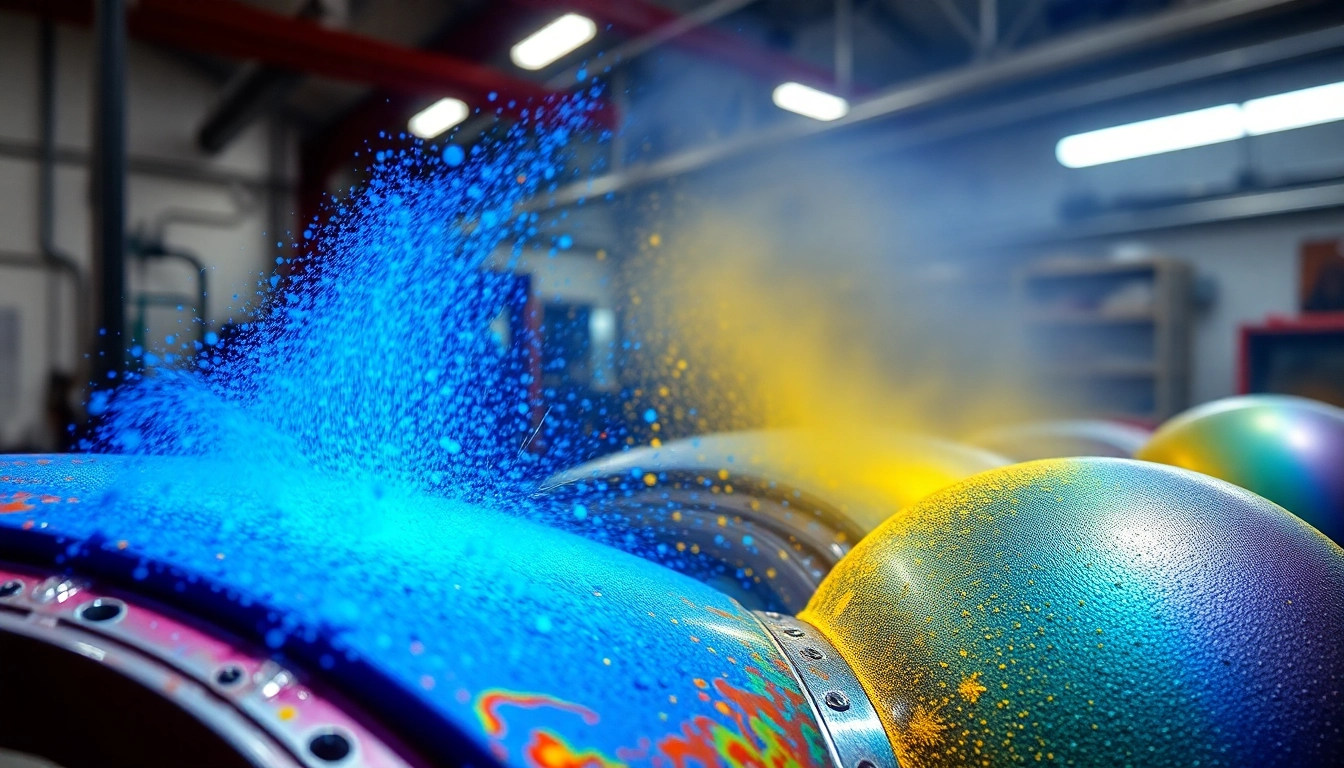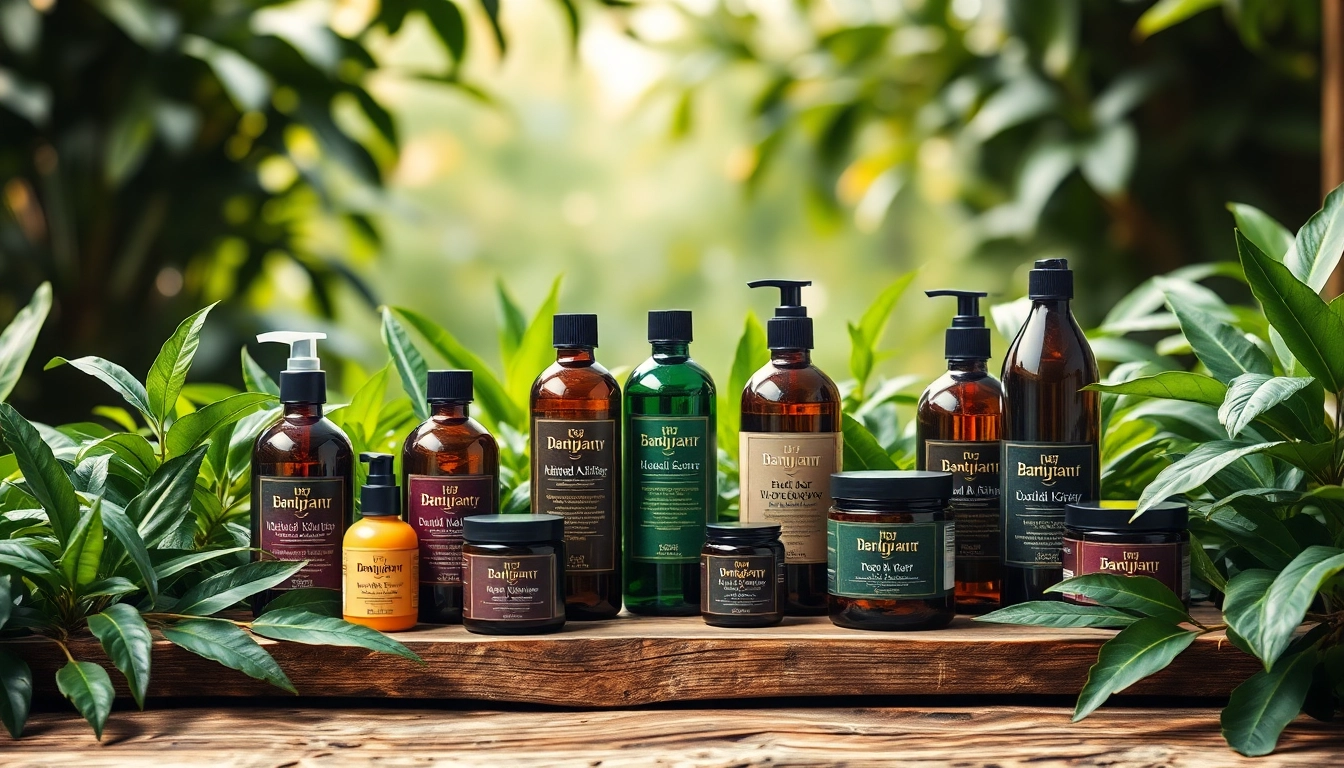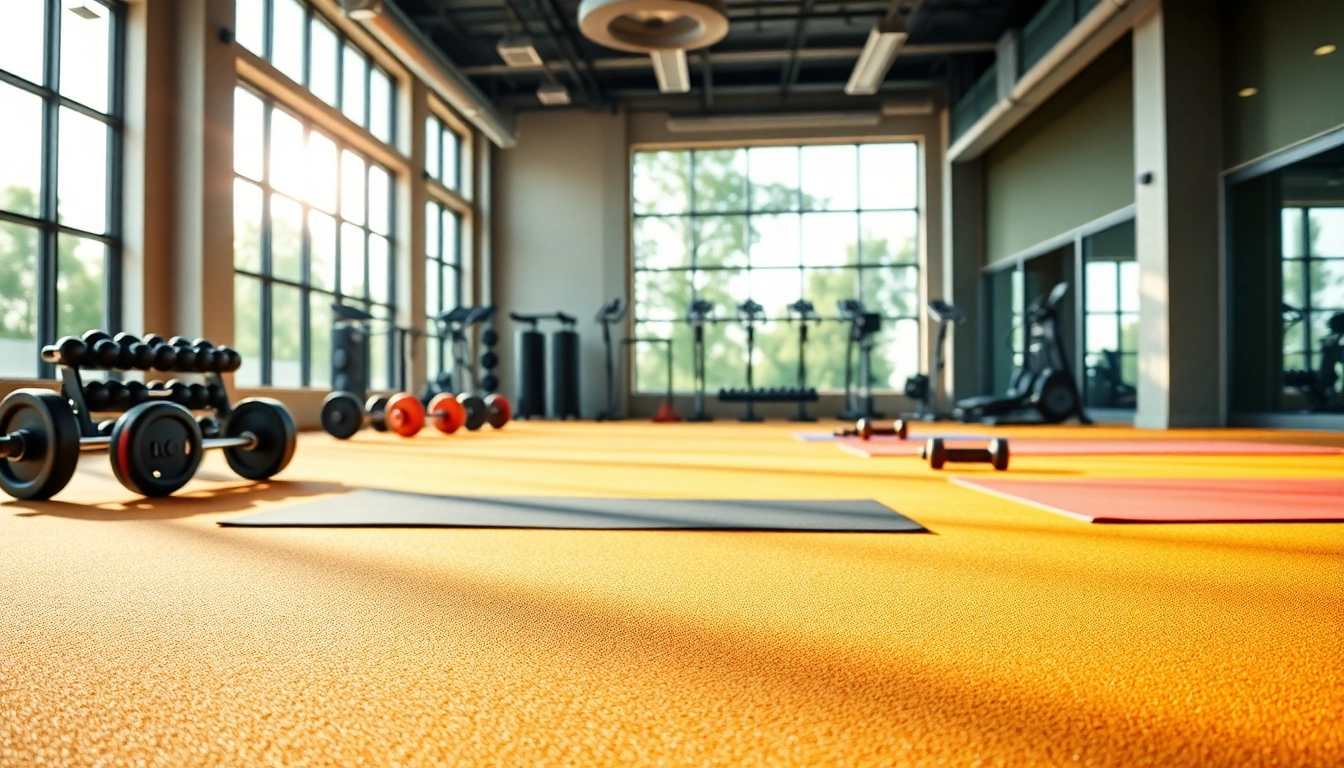Understanding Powder Coating Basics
What is Powder Coating?
Powder coating is a modern finishing process that has gained popularity in various industries for its efficiency and durability. Unlike traditional liquid painting methods, powder coating involves applying a dry powder that consists of resins, pigments, curing agents, and other additives. This powder is then electrically charged, allowing it to adhere to the surface of the object being coated, typically made of metal or another conductive material. Once applied, the coated object is heated in a curing oven, where the powder melts and forms a tough, resilient layer. This process not only provides a visually appealing finish but also ensures maximum durability and protection against scratches, rust, and environmental damage.
Understanding the fundamentals of powder coating is essential for manufacturers, DIY enthusiasts, and anyone interested in enhancing the durability of their products. The powder coating process transforms simple materials into vibrant, long-lasting, and resilient finishes suitable for a wide range of applications.
Key Advantages of Powder Coating
Powder coating offers several distinct advantages that make it a preferred choice over traditional painting methods:
- Durability: One of the most significant benefits of powder coating is its durability. The heat-cured finish creates a solid surface resistant to scratching, chipping, fading, and wearing, making it suitable for both indoor and outdoor applications.
- Environmental Benefits: Since powder coating doesn’t involve harmful solvents or volatile organic compounds (VOCs), it is an environmentally-friendly option. The process generates minimal waste, and any overspray can be reclaimed and reused.
- Color Variety and Finishes: Powder coatings come in an extensive range of colors, textures, and finishes, including glossy, matte, and metallic options. This versatility allows designers to achieve specific aesthetic goals while providing added protection.
- Cost-Effectiveness: While the initial investment in powder coating equipment can be significant, the durability and reduced need for maintenance make it a cost-effective solution in the long run.
- Resistance to Corrosion: The complete coverage of powder coating protects against oxidation and corrosion, making it ideal for metal parts exposed to harsh environments.
Common Applications of Powder Coating
Given its robust properties, powder coating is used in various industries and applications, including:
- Automotive Industry: Powder coating is widely utilized in automotive manufacturing to protect vehicle frames, wheels, and parts from wear and rust.
- Furniture: Indoor and outdoor furniture often undergoes powder coating to enhance durability while providing a customizable finish.
- Architectural Elements: Window frames, railings, and other architectural components benefit from powder coating for aesthetic appeal and protective capabilities.
- Electronics: Powder coatings are applied to various electronic enclosures for both functional and appearance purposes.
Types of Powder Coating Technologies
Thermoset vs. Thermoplastic Powder Coatings
Understanding the difference between thermoset and thermoplastic powder coatings is crucial for selecting the right type for specific applications:
- Thermoset Powder Coatings: This type undergoes a chemical change when cured. The result is a highly durable finish that cannot be remelted, making them an excellent choice for areas requiring heat resistance and excellent chemical resistance.
- Thermoplastic Powder Coatings: This category can be reheated and remolded without undergoing any chemical change, allowing for easier repairs. Being more flexible than thermoset coatings, thermoplastic options are well-suited for applications where impacts are common.
Electrostatic Application Methods
The application of powder coating is predominantly performed using electrostatic spray guns that utilize high voltage to impart a charge to the powder particles:
- Electrostatic Spray Coating: This method enhances the coating’s uniformity by allowing fine powder particles to be electrically attracted to the substrate. It results in less wastage and even coverage.
- Fluidized Bed Coating: In this method, a heated substrate is dipped into a fluidized bed of powder, allowing the powder to adhere as it melts on contact with the heated surface. This technique is useful for achieving thicker coatings.
Innovations in Powder Coating Equipment
Ongoing innovations in powder coating technologies have made the process more efficient, precise, and versatile. Recent developments include:
- Advanced Powder Coating Guns: New technology has led to more sophisticated powder coating guns that provide better particle control and achieve higher transfer efficiency.
- Automated Coating Systems: Automation in the powder coating process ensures consistency in application and reduces labor costs.
- Low Cure Powder Coatings: These innovative formulations cure at lower temperatures, making them ideal for heat-sensitive substrates.
Choosing the Right Powder Coating Colors
Popular Color Schemes for Various Industries
The choice of color in powder coating can significantly impact the overall aesthetics and marketability of a product. Each industry often has preferred color schemes that resonate with consumers:
- Automotive: High-gloss black or metallic finishes are often favored for vehicles, giving a sleek, modern appearance.
- Home Appliances: White, silver, and neutral tones dominate appliance finishes as they blend seamlessly with home decor.
- Outdoor Furniture: Vibrant colors or textured finishes are popular, providing aesthetic appeal and adding character to outdoor spaces.
Custom Powder Coating Colors and Finishes
For businesses looking to differentiate their products, custom powder coating colors and finishes can be critical. Many manufacturers offer the possibility of creating bespoke colors that meet specific branding requirements:
- Mixing and Matching: While traditional methods don’t allow for mixing powders directly to create new colors, some companies can replicate specific hues through their specialized formulations.
- Special Effects: Innovations in powder formulations allow manufacturers to produce finishes that mimic metallic, pearlescent, or textured appearances, further enhancing product appeal.
Influence of Color on Durability and Aesthetics
The choice of powder coating color not only affects the visual impact of a product but can also influence its durability:
- Dark Colors: These often absorb more heat during the curing process, which might enhance hardness but could also lead to issues with color stability over time.
- Light Colors: Tend to reflect UV rays better, resulting in fewer fading issues but may not offer the same depth of color as darker finishes.
Preparing for a Successful Powder Coating Job
Surface Preparation Techniques
The success of a powder coating job heavily relies on how well the surface of the substrate is prepared:
- Cleaning: Oils, dirt, and old paint must be removed through methods such as chemical cleaning, soda blasting, or sandblasting.
- Degreasing: Proper degreasing ensures that any contaminants that could affect adhesion are eliminated.
- Surface Profiling: Some substrates may require surface texturing to improve adhesion, which can be achieved through abrasive blasting.
Ensuring Proper Environmental Conditions
Environmental conditions can influence the application and performance of powder coatings. Ideal conditions include:
- Temperature: Powder coatings perform optimally when applied in temperature-controlled environments, with specific guidelines depending on the coating material.
- Humidity: Low humidity levels are preferable, as excessive moisture can negatively impact the adhesion and cure of the coating.
Essential Tools and Equipment for Powder Coating
Proper tools and equipment are crucial to achieving a high-quality powder coating finish:
- Powder Coating Gun: A high-quality application gun helps achieve uniform coverage with minimal overspray.
- Curing Oven: A reliable oven ensures that the powder coating is cured to the manufacturer’s specifications, which is essential for durability.
- Protective Gear: Personal protective equipment (PPE) is essential for safety during the powder coating process, as inhaling powder can be hazardous.
Measuring Success in Powder Coating
Testing Durability and Quality of Coating
To ensure that a powder coated finish meets the expected standards, various tests are conducted:
- Adhesion Tests: These tests measure how well the coating adheres to the substrate and ensure that it won’t peel or chip.
- Impact Resistance Tests: Evaluating the coating’s resistance to impact helps assess durability, especially for parts subjected to mechanical stress.
- Salt Spray Tests: This test simulates corrosive environments and determines the long-term durability of the finish against rust.
Cost Considerations for Powder Coating Services
Understanding the costs associated with powder coating is vital for budgeting and project planning. The average cost for powder coating services generally ranges from $50 to $430 per item, depending on factors such as:
- Item Size and Complexity: Larger and more complex items require more materials and labor, which can increase costs.
- Color and Finish Selection: Specialty colors or finishes often come with an extra cost, impacting the overall price.
- Volume Discounts: Many services offer discounts for bulk orders, making it more cost-effective for larger projects.
Maintaining the Finish: Tips for Longevity
Once a powder coating job has been completed, maintaining the finish is essential for prolonging its life:
- Regular Cleaning: Surfaces should be cleaned regularly to remove dirt and contaminants that could wear down the finish.
- Avoid Abrasive Cleaning Products: To prevent scratching or damaging the coating, use gentle cleaning agents.
- Protective Wax: Applying a protective wax layer can help enhance the coating’s durability and shine, especially for outdoor applications.


